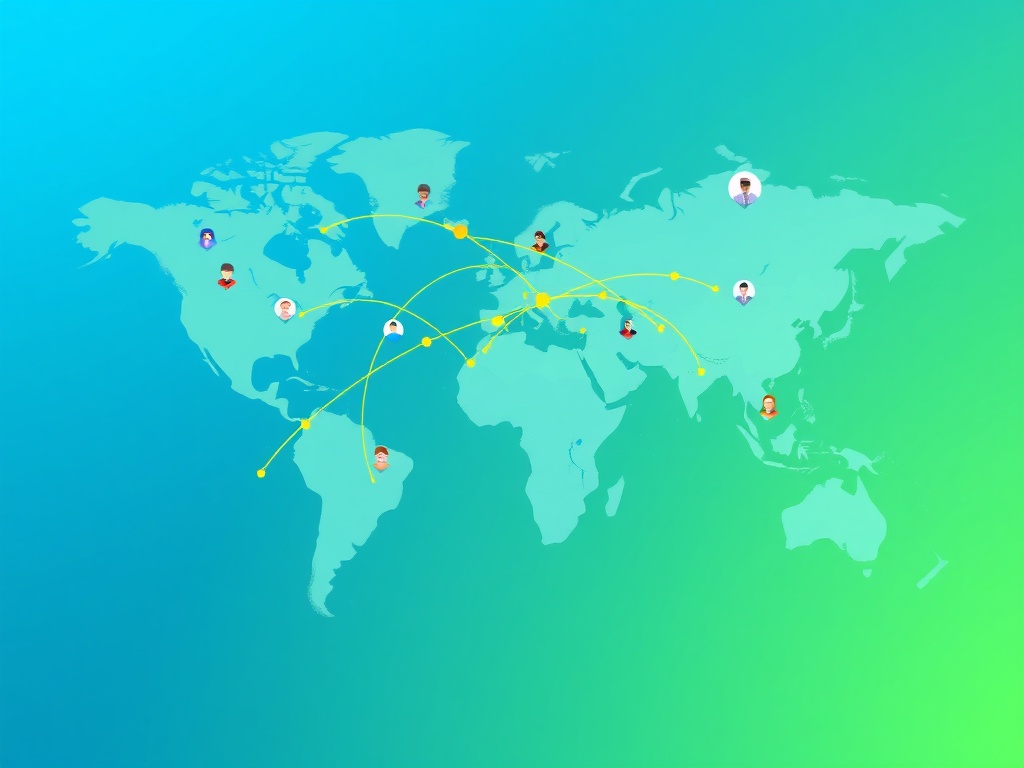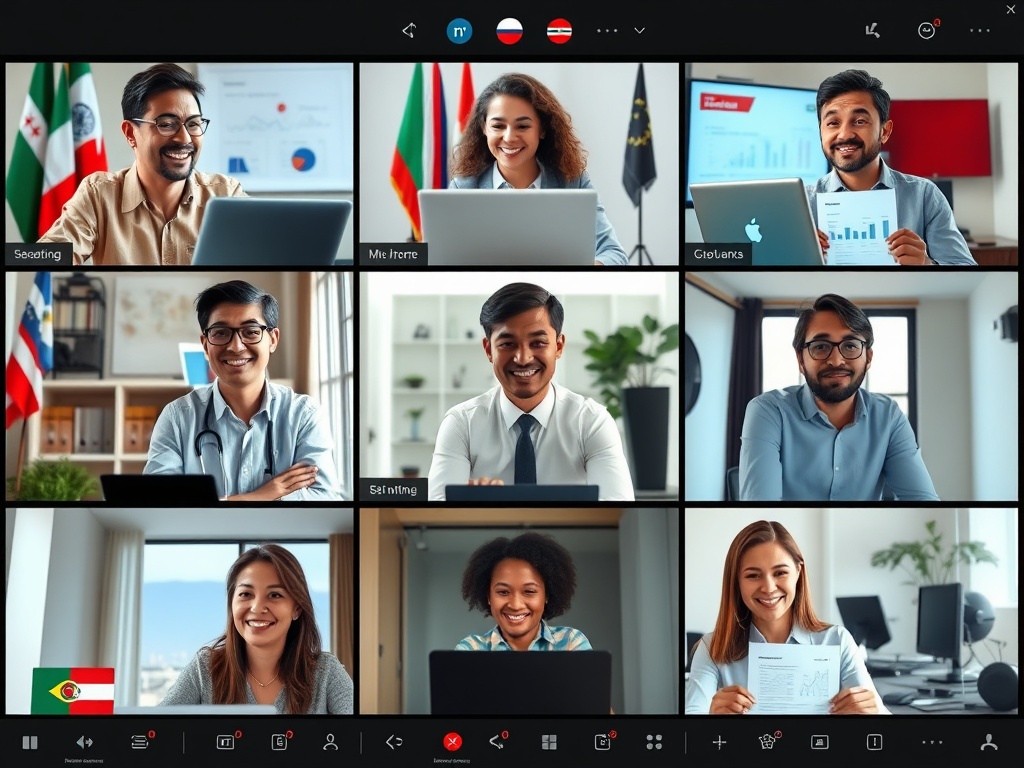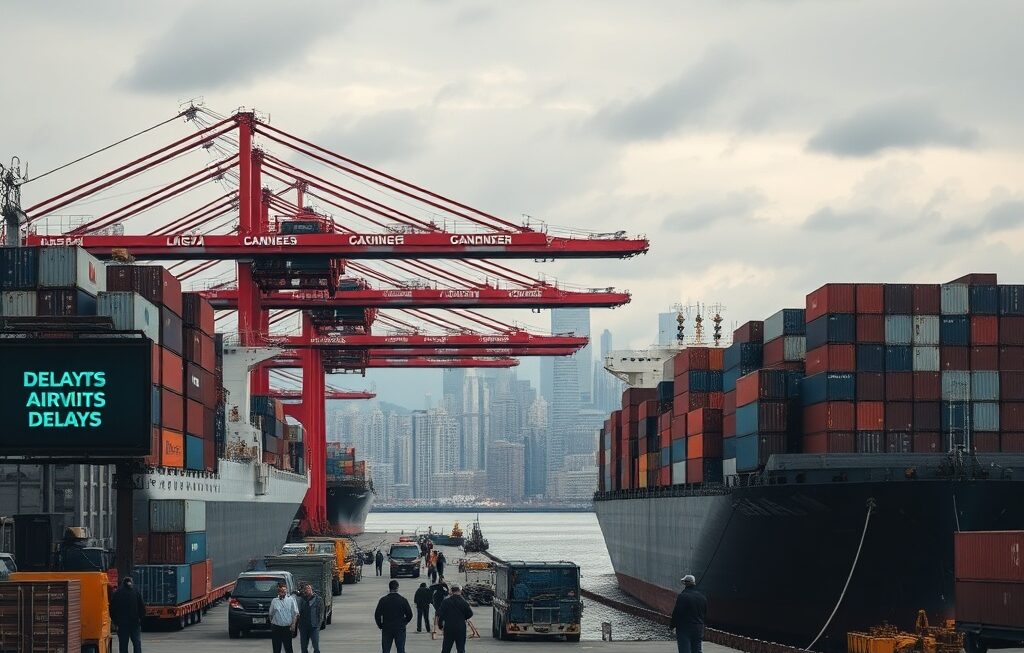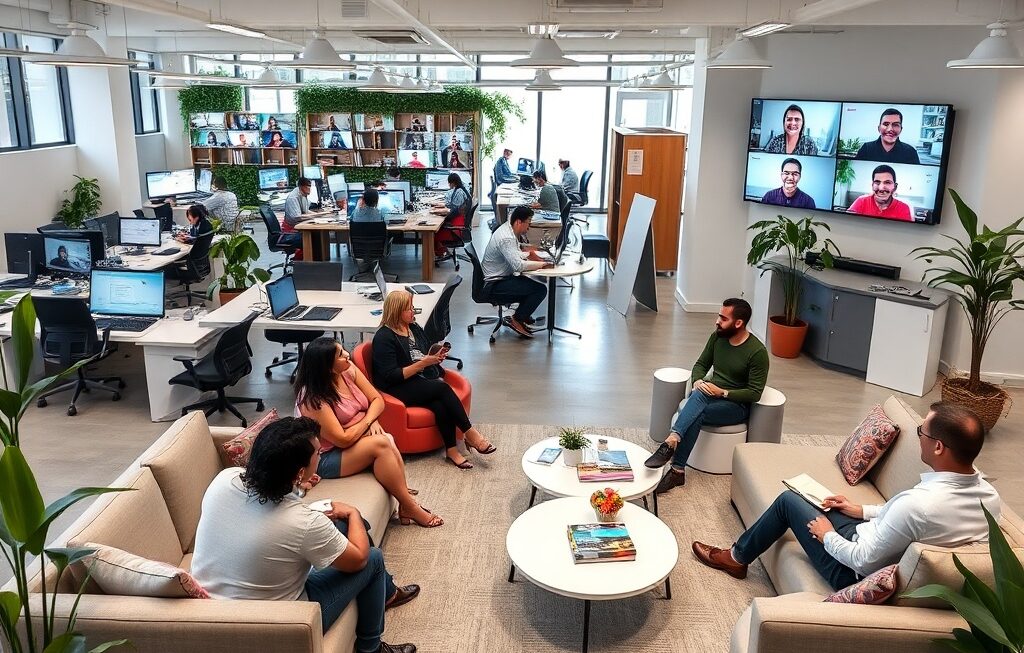In today’s fast-evolving global economy, talent mobility has become a defining force in shaping the modern workforce. As businesses expand beyond borders and digital technologies erase geographical constraints, the ability to attract, move, and retain global talent has never been more critical. In 2025, the concept of global talent mobility is not just about relocating employees; it’s about empowering people to work anywhere, collaborate globally, and drive innovation across industries.
This transformation is redefining how companies operate, how employees build careers, and how nations compete for skilled professionals. The post-pandemic world has accelerated these changes, forcing organizations to adapt their policies, technologies, and cultures to a workforce that is more mobile, digital, and diverse than ever before.
Understanding how global talent mobility is changing the modern workforce is essential for business leaders, HR professionals, and policymakers navigating the future of work in an interconnected world.
The Evolution of Global Talent Mobility
Global talent mobility traditionally referred to the relocation of employees across countries for assignments, projects, or leadership roles. It was a structured process managed through corporate mobility programs, often involving visas, housing, and cultural training.
However, the landscape has dramatically changed. With the rise of remote work, hybrid teams, and digital collaboration tools, mobility no longer depends solely on physical relocation. Professionals can now work for global companies without leaving their home countries. As a result, the definition of “talent mobility” has expanded to include:
- Virtual mobility – working across borders digitally.
- Short-term international projects – traveling for specific assignments rather than long-term relocation.
- Cross-border teams – employees collaborating globally through technology.
- Digital nomadism – individuals choosing flexible locations while maintaining employment with global companies.
The shift reflects a broader transformation: talent mobility is becoming a strategic business enabler rather than just an HR function.
Key Drivers of Global Talent Mobility in 2025
Several factors are fueling the rapid evolution of global talent mobility in 2025. Together, they highlight how economic, technological, and cultural trends are reshaping the workforce.
- Remote Work Revolution
The normalization of remote work has redefined traditional mobility. Employees can now work from anywhere, and organizations can hire talent regardless of geography. This has opened global access to skills that were previously limited by location. Platforms like Zoom, Slack, and Microsoft Teams have turned the world into one large virtual office. In 2025, hybrid models dominate, combining in-person collaboration with digital flexibility.- Technological Advancements
Cloud computing, artificial intelligence, and automation are making global collaboration seamless. AI-driven translation tools, digital HR platforms, and borderless payroll systems enable smoother management of distributed teams. Furthermore, blockchain-based credentialing systems are simplifying the verification of degrees, certifications, and work history across countries—reducing bureaucracy and speeding up hiring processes.- Talent Shortages and Skills Gaps
Many industries face acute skills shortages, particularly in technology, healthcare, and engineering. Companies are expanding globally to access specialized talent pools. For example, while software developers may be scarce in North America, they are abundant in regions like Eastern Europe, India, and Latin America. This trend encourages firms to adopt borderless recruitment strategies and embrace cultural diversity as a competitive advantage.- Changing Employee Expectations
Modern workers prioritize flexibility, purpose, and development opportunities over traditional job security. They value international exposure and diverse career experiences. Organizations that offer global mobility options—whether through short-term projects, international mentorships, or remote global teams—attract and retain top talent more effectively.- Government Policies and Digital Visas
Countries are recognizing the economic benefits of attracting global professionals. Several nations now offer digital nomad visas or remote work permits, allowing foreign employees to live and work legally for extended periods. Programs in Portugal, Estonia, and the UAE are among the most popular examples. These policies reflect a global shift toward embracing mobile professionals as contributors to local economies rather than temporary visitors.
The Business Impact of Global Talent Mobility
Global talent mobility is transforming not only where people work but also how companies structure their organizations and compete in the global marketplace.
Access to a Global Talent Pool
Companies are no longer limited by local labor markets. A business headquartered in London can hire software engineers from India, designers from Brazil, and analysts from South Africa—all working together in real time. This diversity fuels creativity, innovation, and problem-solving.
Cost Optimization and Flexibility
Hiring across regions allows organizations to manage costs more strategically. Labor costs differ worldwide, and distributed teams enable firms to optimize expenses while maintaining high-quality output. Additionally, mobility allows quick reallocation of talent to meet project needs.
Enhanced Innovation and Cultural Diversity
A globally mobile workforce brings diverse perspectives that foster innovation. Multicultural collaboration enhances decision-making, customer understanding, and market adaptability. Companies like Google, IBM, and Microsoft actively promote global rotation programs to build culturally fluent leaders.
Stronger Employer Branding
Offering international career growth opportunities enhances an organization’s attractiveness to ambitious professionals. Firms known for supporting global mobility tend to have stronger employer brands and higher retention rates.
Competitive Advantage in Uncertain Times
Global mobility increases business agility. In times of political or economic uncertainty, companies can quickly shift operations or talent to stable regions, ensuring continuity.
Challenges in Managing Global Talent Mobility
While the benefits are clear, global mobility also introduces complex challenges. Organizations must address these to ensure smooth and ethical operations.
Legal and Compliance Issues
Navigating visa requirements, labor laws, and tax regulations across multiple countries can be complex. Mistakes can lead to fines or legal complications. Many firms now invest in specialized legal teams or digital compliance platforms to manage cross-border operations effectively.
Cultural Integration
A diverse workforce requires cultural awareness. Misunderstandings or communication barriers can affect collaboration. Companies are investing in cultural training and inclusion programs to bridge these gaps.
Employee Well-Being
Relocation, remote isolation, or constant travel can affect mental health and work-life balance. Forward-thinking organizations prioritize well-being initiatives, mental health support, and community building among global teams.
Cybersecurity and Data Protection
Working remotely across borders exposes companies to cybersecurity risks. Ensuring data privacy compliance (such as GDPR) and secure digital infrastructure is critical.
Equity and Inclusion Concerns
As companies expand global recruitment, they must ensure fair compensation and career opportunities regardless of region. Pay transparency and standardized performance metrics help maintain equity.
Strategies for Success in Global Talent Mobility 2025
To thrive in this new landscape, organizations must take a strategic and human-centered approach to mobility.
Adopt a Borderless Talent Mindset
View talent as global by default. Build hiring strategies that focus on skills and potential rather than location. Use global job boards, virtual assessments, and digital onboarding tools.
Implement Smart Mobility Policies
Flexible mobility programs that include virtual assignments, hybrid rotations, and short-term projects appeal to modern professionals. Offer multiple pathways for international exposure rather than a single relocation model.
Leverage Technology for Seamless Operations
AI-driven HR platforms, integrated payroll systems, and global compliance tools reduce complexity and support efficient cross-border management.
Invest in Leadership Development
Global leadership requires cultural intelligence and adaptability. Companies that train leaders to manage international teams effectively gain a long-term competitive edge.
Prioritize Employee Experience
From onboarding to career growth, ensure that globally mobile employees feel supported and valued. Personalized support programs, mentorship, and regular check-ins strengthen engagement and retention.
Promote Diversity, Equity, and Inclusion (DEI)
Global mobility offers an opportunity to build more diverse and inclusive teams. Embrace different perspectives and ensure equal opportunities for all employees, regardless of origin.
The Future of Global Talent Mobility
Looking ahead, global talent mobility will continue to expand as remote technology advances and global collaboration deepens. Artificial intelligence will enhance recruitment and workforce planning, predicting skill shortages and matching talent across borders more efficiently.
Moreover, younger generations entering the workforce expect global exposure and flexibility as standard career components. Companies that fail to adapt will struggle to attract top talent.
Meanwhile, governments will increasingly compete to attract high-skilled professionals through favorable tax regimes, flexible visa systems, and digital infrastructure investments. This global competition for talent will define economic growth patterns in the next decade.

In Summary:
In 2025, global talent mobility represents more than a business trend—it is a defining feature of the modern workforce. As companies evolve into global ecosystems, mobility fosters innovation, resilience, and inclusivity. However, success in this arena requires thoughtful strategies that balance technology with human connection, efficiency with empathy, and global reach with local understanding.
Ultimately, the organizations that embrace the principles of global talent mobility 2025 will not only thrive economically but also shape a more connected, inclusive, and adaptable future of work.




